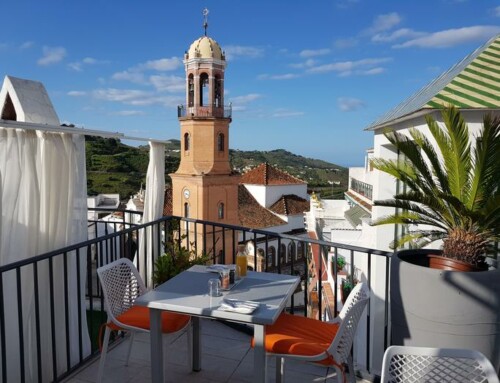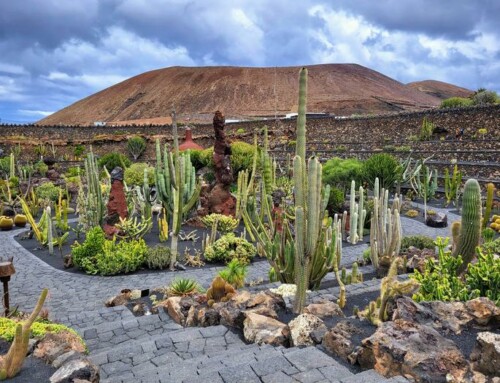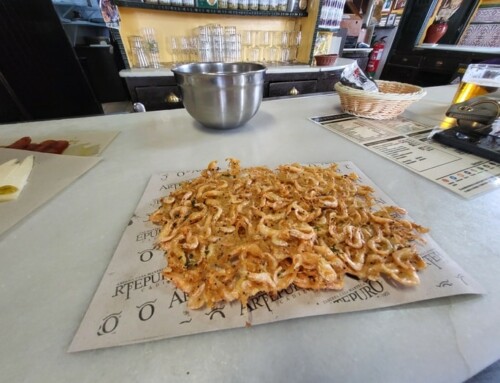Sangria is one of the typical clichés when speaking about Spain. And it is one of the most attractive products for millions of tourists visiting our country- especially the south- seeking sun, sand and a drink to help bear the heat. It is synonymous with celebration and joy.
Sangria is a typical drink all over the Mediterranean. It’s in Spain where it is actually considered traditional: like this the European Parliament recently approved that the term may only be applied to aromatized wine products that are made in the Iberian Peninsula.
Still, the origin is as uncertain as the recipe itself, although there is a common base: red wine, fruit and sugar.
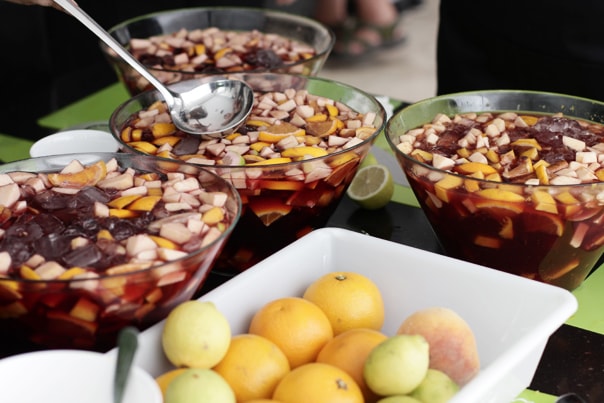
Accompany you as it may, the truth is that there is no magic formula, nor two equal sangrias. The result depends on the quality and talent of the person that prepares it. It is also rare to find quality bottled sangria, although brands like Monin offers a good flavoured syrup to prepare a basic sangría by mixing it with red wine, orange juice and brandy.
The sangria is made of red wine and that’s where it gets its name from, because it has a similar color to blood. Preferably a young, fruityred wine with a high alcohol content is used without barrel aging. Obviously, the higher the quality, the better; but the recommendationis neither to use a reserva, nor a peleón (bad quality wine).
Accompany you as it may, the truth is that there is no magic formula, nor two equal sangrias: the only certainty is that the basis of this refreshing and delicious drink is red wine, fruit and sugar.
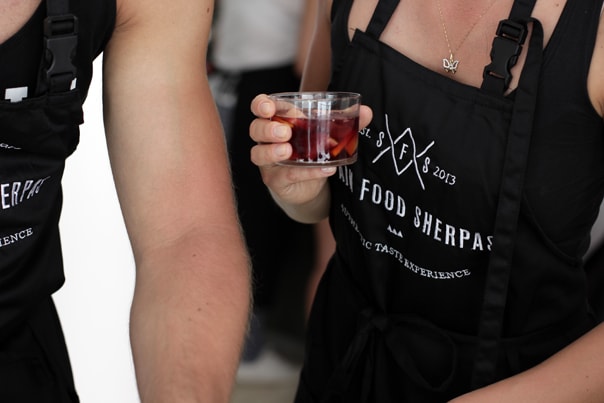
Spain is a major wine producer with many high quality wines for affordable prices. There are also those who prefer to use a more sweet red wine that has not fermented all its sugars (in the province of Malaga there is a great example called Al fresco, prepared by the winery Fontalba & Capote).
You can also use white wine, but then it’s called clarea instead of sangria. You can even prepare it with cava sparkling wine: then it’s sangria de cava.
In Malaga it is most commonly sought in the chiringuitos (restaurants on the beach) to accompany good grilled sardines or fried fish. It’s a classic cocktail to have by the pool or to accompany a sunset after a beach day. And it is as well the essential element in a Moraga (beach party), especially to celebrate every June 23rd the eve of San Juan, the arrival of summer.
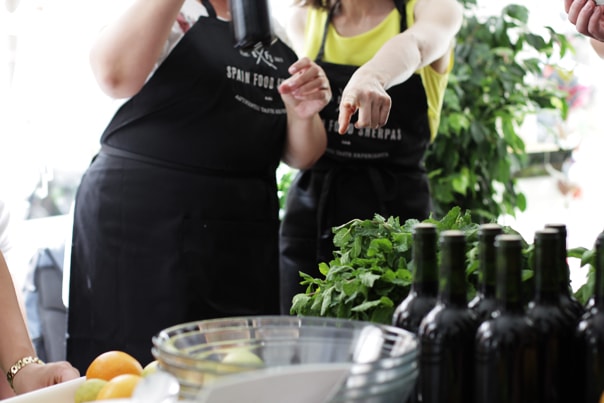
Apart from the wine, the other key element to the success of the sangria is the fruit. Ideally, seasonal fruit should be used. And since the sangria is a spring and summer drink, pineapple, peach, banana and apple, but also kiwi, pear or orange are often used in Malaga.
In addition to that, a touch of cinnamon and a little sugar, the juice of a couple of freshly squeezedoranges and lemons complete the recipe, although some prefer to add soft drinks with bubbles, but you can also use the siphon.
To raise the alcohol content and depending on each taste, some people will add liqueur: brandy, rum and Cointreau are the most common ones.
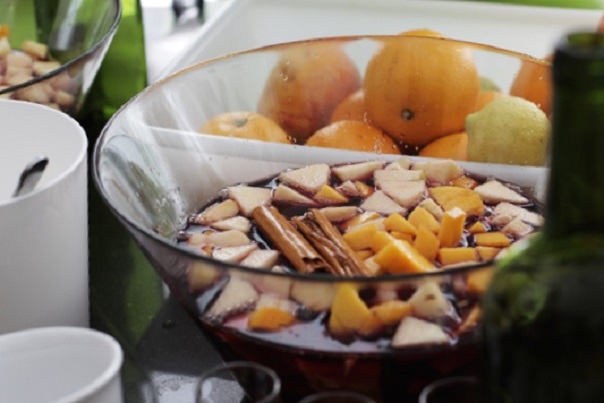
Here is the traditional sangria recipe:
Ingredients:
- 1 liter of red wine
- 1 peach
- 2 oranges
- 1 apple
- 1 lemon (juice)
- 75ml water
- 3 heaping tablespoons of sugar
- 1 cinnamon stick
- 330ml (1 can) carbonated beverage (soda, lemonade)
*fruit of your choice: it can be pineapple, mango, banana etc
Preparation:
- Dissolve the sugar with 75ml of warm water in order to create syrup, so it mixes better with the rest of the ingredients.
- Add the wine, syrup and juice of one orange in a big bowl while stirring, so everything blends together.
- Peel the fruit (except the lemon) and cut it into small pieces, so it macerates better later on.
- The other orange that is left over, don’t peel this one, but cut it into slices.
- Add all the fruit to the wine in the bowl. Incorporate the juice of the lemon, the cinnamon stick and let it rest for two to three hours (if it’s possible).
- When you serve the sangría, add ice cubes and the carbonated beverage.
You can also add some liquor like brandy or cognac.
¡Salud!
Don’t forget to share this post!
Related Articles
↓
Sign up for our Newsletter and get the inside scoop on our favorite recipes,
exploring and devouring Spain and more.

